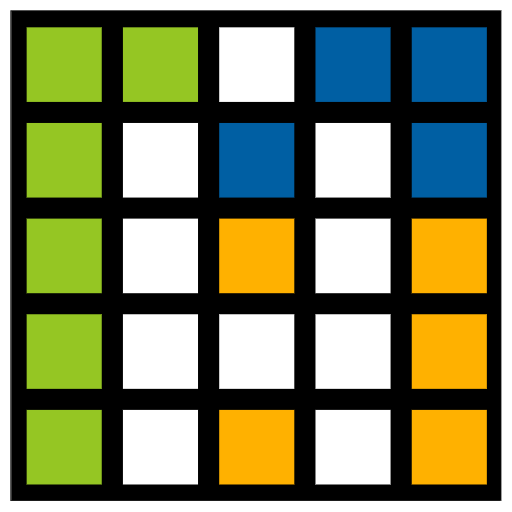The chlorophylls, Chl a and Chl b, are virtually essential pigments for the conversion of light energy to stored chemical energy. The amount of solar radiation absorbed by a leaf is a function of the photosynthetic pigment content; thus, chlorophyll content can directly determine photosynthetic potential and primary production (Curran et al. 1990, Filella et al. 1995). In addition, Chl gives an indirect estimation of the nutrient status because much of leaf nitrogen is incorporated in chlorophyll (Filella et al. 1995, Moran et al. 2000). Furthermore, leaf chlorophyll content is closely related to plant stress and senescence (Hendry 1987, Merzlyak and Gitelson 1995, Peñuelas and Filella 1998, Merzlyak et al. 1999).
This extract from the start of the paper that introduces Chlorophyll Index Red Edge (CIRE) explains to us why being able to infer chlorophyll content from satellite imagery is value for monitoring crop condition.
Some background
Traditionally Normalized Difference Vegetation Index (NDVI) was the go spectral index. To counter NDVI problems such as saturation many of us began using other options that are designed to mitigate some of it's flaws. My preferred NDVI alternative recently has been MCARI2. It works well because it does not easily saturate and seems to work well in low biomass situations such as crop emergence. MCARI2 is a good one to keep in mind for the satellite sensors that don't have the red edge band that is required for the CIRE that is the subject of this article.
When the Sentinel 2 MSI satellite data arrived, we were treated with several extra bands suited for vegetation analysis called 'red-edge'. These sit between red which is absorbed by plant and near infrared which plants reflect. When used in a spectral index, they are helpful for measuring chlorophyll, which as we read above, relates to leaf nitrogen, plant stress and senescence.
Chlorophyll Index Red Edge (CIRE) & Normalized Difference Red Edge Index (NDREI)
Both these indexes lean on the red-edge bands and give similar overall results, but CIRE is not normalized as NDREI is. Therefore, the range of values can vary from 0 all the way to 10 and beyond. NDRE effective range will be between 0 and 1.
Both these spectral indexes will require you to toggle to Indices in the Processing Tool in the bottom right-side Toolbox.
To use NDREI you will need to uncheck the shortlist checkbox in the Processing Tool. Next scroll select and scroll through the long list until you find NDREI. Although NDRE is normalised it usually operates in a tight range. This wheat field required 0.65 to 0.78 as a useful minimum and maximum settings.
CIRE is available in the shortlist. The range used in this example is 3 to 8.
The image below compares CIRE on left to MCARI2 (non red-edge spectral index) on right. This is lancer wheat in (2022-08-25), planted in late April. There is a defined management driven shift in the bottom third of the paddock that the MCARI2 does not detect.

